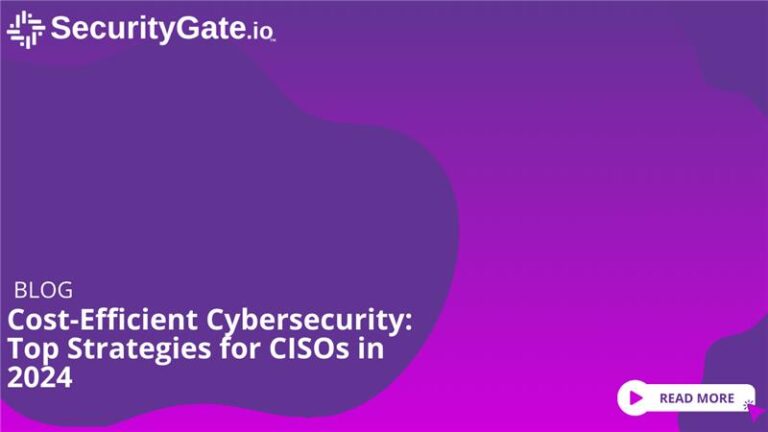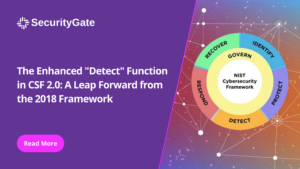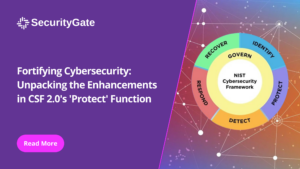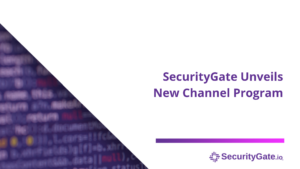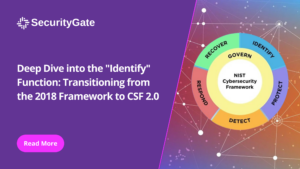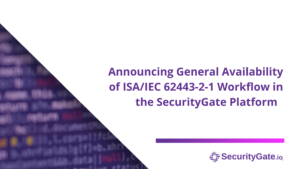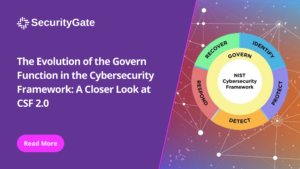In the realm of global enterprise cybersecurity, Chief Information Security Officers (CISOs) face the dual challenge of countering ever-evolving cyber threats and managing tight budgets. For those looking to enhance their cybersecurity strategy while maintaining fiscal responsibility, here are key approaches that harmonize security needs with cost efficiency. Embracing Agile methodologies, implementing an MVP approach, and Aligning cybersecurity spending with business outcomes. These strategies are pivotal for CISOs aiming to optimize their cybersecurity investments in 2024 and beyond.
Embracing Agile Methodology in Cybersecurity Planning
Adopting Agile for Enhanced Flexibility: A shift towards agile methodologies in cybersecurity planning is crucial. Agile frameworks, known for their flexibility and adaptability, allow CISOs to respond promptly to emerging threats and adjust strategies in real-time. This approach minimizes resource waste and ensures funds are allocated to the most pressing security concerns. The benefits:
- The Agile approach allowed the company to show progress and maintain flexibility in its cybersecurity efforts quickly.
- It enabled faster identification of problems within an application or system, thereby improving the responsiveness to cybersecurity threats and vulnerabilities.
- The iterative model facilitated better engagement with stakeholders and a more nuanced understanding of business drivers and cybersecurity needs.
Prioritizing Minimum Viable Solutions (MVS)
Efficient Deployment with MVS: Implementing the Minimum Viable Solution approach is a game-changer. This strategy involves deploying functional, basic security solutions swiftly and then refining and scaling them based on ongoing assessments and feedback. By avoiding over-investment in underutilized resources, CISOs can significantly cut down on unnecessary expenditures. Key steps and outcomes include,
- Initial Rapid Assessment and Deployment: Conduct a swift evaluation of critical cybersecurity vulnerabilities and deploy basic but functional security solutions, such as firewalls and network segmentation.
- Feedback-Based Refinement: The security team monitors the effectiveness of these measures and refines them based on feedback, identifying areas needing additional security.
- Iterative Improvement and Scaling: Improvements are made incrementally, scaling up the solution by adding sophisticated features only when necessary, like advanced intrusion detection.
- Cost-Effective Strategy: This approach can avoid over-investment in complex solutions, focusing spending on areas that offer significant security enhancements.
- Outcome: The MVS approach can lead to a customized, efficient cybersecurity solution that improves your security posture without disrupting operations or incurring unnecessary expenses.
Aligning Cybersecurity Investments with Business Goals
Strategic Investment for Business Alignment: Aligning cybersecurity spending with business outcomes is essential. This strategy transforms cybersecurity from a mere technical requirement to a vital business enabler. It involves investing in solutions that directly support and drive the organization’s broader business objectives, ensuring that every dollar spent on cybersecurity also advances overall business growth and resilience.
Conclusion: Strategic Cybersecurity Investment for 2024
For CISOs at the helm of major global enterprises, balancing advanced cybersecurity with budget constraints is more critical than ever in 2024. By adopting agile methodologies, focusing on minimum viable solutions, and aligning cybersecurity investments with business objectives, CISOs can achieve a more cost-effective and strategically sound cybersecurity posture. These approaches not only enhance security but also position cybersecurity as a key contributor to the organization’s success and sustainability.
Here are five additional resources to enhance your understanding of agile methodologies in cybersecurity and how they can be effectively implemented for cost-efficient cybersecurity management in enterprise environments:
- Adopting Agile Principles in Cybersecurity – WWT: This resource provides insights into how an enterprise agile culture can be cultivated, emphasizing the necessity of business culture changes and the use of tools like culture gap analysis for a successful agile cybersecurity implementation.
- Build an agile cybersecurity program with Scrum – TechTarget: TechTarget’s guide focuses on using the Scrum framework to build an agile cybersecurity program. It describes how Scrum’s core principles, such as teamwork, accountability, and iterative processes, can enhance communication and collaboration within information security teams
- Adaptation of Information Security in the Agile World – ISACA: This resource from ISACA explores opportunities for embedding a security culture within the Agile framework. It stresses the importance of aligning IT security and risk management approaches with Agile methodology for managing security in a dynamic software development environment.
- How to Structure Cybersecurity Teams to Integrate Security in Agile – RiskInsight: This article discusses the structuring of cybersecurity teams to integrate security efficiently within Agile frameworks, highlighting the role of specific teams like the X-Team in controlling security levels and ensuring risk coverage.
- Cybersecurity in an Agile Environment – Extreme Uncertainty: This article provides an overview of the differences between the traditional waterfall methodology and Agile approach in cybersecurity. It emphasizes Agile’s reliance on continuous development and testing, contrasting it with the linear lifecycle of the waterfall methodology.
At SecurityGate, we aim to Empower Cyber Professionals to Protect the World’s Critical Infrastructure.
SecurityGate has the expertise and the adaptable platform to help cyber teams collaborate and make improvements faster — all with tools and modules specifically designed with the needs of OT professionals in mind.
Ready to accelerate your OT/ICS assessments? See what a purpose-built OT security platform can do for you. Schedule a call today, and let’s talk.
